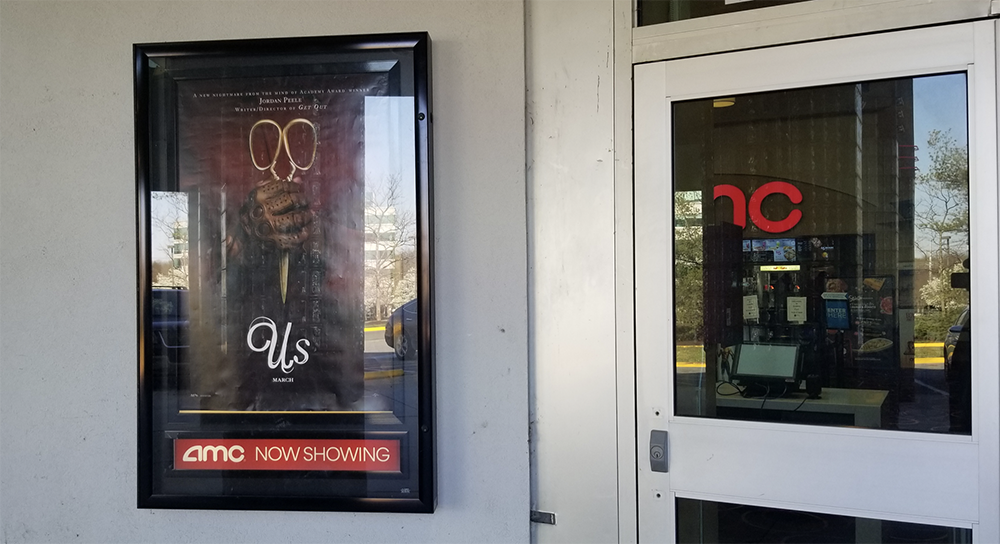Walking out of the theater after the wild ride that is Jordan Peele’s newest psychological thriller, “Us” is like stepping off the Tower of Terror. The film leaves audiences wanting more. Though more analytical viewers could predict some aspects of the jarring story’s twists and turns (especially if they watched the trailers), the satisfying end enriches the entire story.
The story begins with a flashback of young Adelaide and her traumatic experience in a house of mirrors on the Santa Cruz pier and then switches back to the present day where adult Adelaide Wilson (Lupita Nyong’o) and her husband and two children arrive for a vacation at their beach house, where Adelaide relives her trauma on a trip to the same Santa Cruz pier. Then, a doppelganger family of four appear on their driveway and proceed to violently break in and confront the Wilson family.
As explained by Adelaide’s doppelganger, Red, they were part of a race of clones called the Tethered. The Tethered were the result of a failed experiment to create clones that would control their real-world counterparts and, after being subjected to living underground, they are ready to take revenge.
Throughout the course of the film, the connections between the real people and Tethered counterparts are further explored through different characters who show various levels of similarity. The traits of the Tethered were often radicalizations of real individuals. They lived the same actions but lacked the emotions, leaving them as empty husks of the real people.
At the climax of the film, it is revealed that Adelaide is actually the Tethered while Red is the real Adelaide. This twist in this story raises many questions, and the audience is left to wonder how to make sense of the film.
If the real Adelaide spent the majority of her life in the Tethered underground, the need for such violent retribution didn’t stem from the experiments but rather from the environment in which the Tethered were grown. Red was the genetically real version of Adelaide but was also a violent and sadistic individual, if not the most in the Tethered underground.
The fundamental psychological concept of nature versus nurture springs towards nurture, as the reason for the aggressive and violent tendencies exhibited by the Tethered were most likely due to how they lived. The Tethered ate raw rabbits and apathetically mimicked the actions of their real-world counterparts. They were not genetically predisposed to higher levels of aggression but developed the trait due to the circumstances of their existence.
But for the Tethered, their actions of vengeance were rationalized. They had no education and lacked all sense of morality, because they are simply blank copies of the real people. Lacking all life experiences and natural interaction, the Tethered act as primitive beings further amplified by the negative push of their environment.
The Tethered were the clearly marked antagonists of the film but suffered as victims on their own. Their existence was a mistake, and they lived miserable lives with no purpose. And although they are the central threat to the protagonists, they aren’t the true villainous force. The dark and conspiratorial ventures into control posed the greatest threat to humanity just as much as a secret race of violent clones did. Though covered in many layers of subtle and non-subtle horror concepts, the twisted metaphor is that the villain is us.


